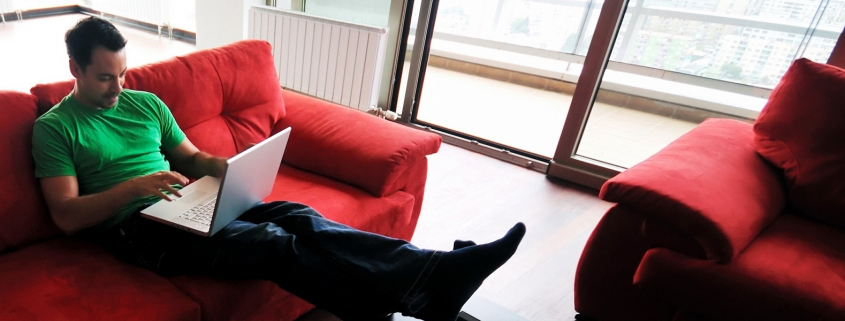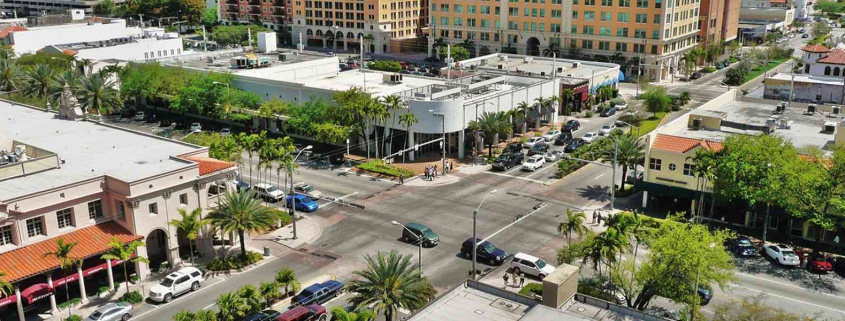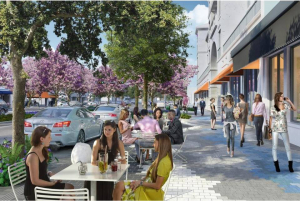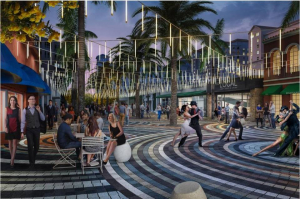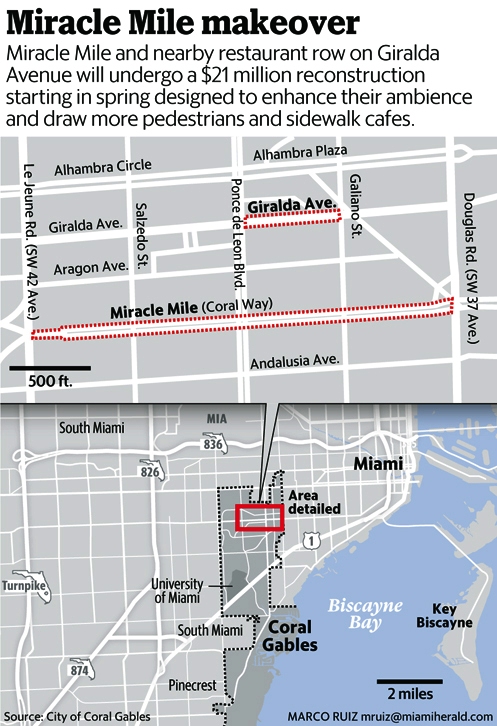Miami’s rental apartment market is about to get smaller — literally.
Micro-units — compact, affordable apartments aimed at young, single professionals who want to live in popular neighborhoods without paying exorbitant rents — are sprouting up in Wynwood, downtown Miami and other desirable areas where prices make it impossible for younger people to buy.
Groundbreaking is scheduled to begin in July on Wynwood 25, a $100 million mixed-use project by Miami’s Related Group and the New York-based East End Capital. The 400,000-square-foot development will occupy 2.3 acres and include 289 rental apartments, ranging in size from 400 to 1,200 square feet.
By comparison, the average two-car garage is 480 to 625 square feet.
More than 80 percent of the apartments at Wynwood 25 will be studios and one-bedrooms, starting at $1,400 per month. A limited number of three-bedroom units will go for $3,200 per month.
“Our approach to the building is to think about the type of person who would be drawn to Wynwood and want to live there,” said Jonathon Yormak, founder and managing principal of East End Capital. “This is not the same as Brickell or Miami Beach.”
Yormak said he hopes the micro-sized apartments will attract what he calls “the creative class — not just millennials but simply people who have a creative mindset and appreciate the arts, the entertainment and the grittiness that is cool about Wynwood.”
Apartment Boom In Wynwood
Wynwood 25 is one of three major residential projects Related Group is developing in the neighborhood. Another rental apartment building, Wynwood 26, is a joint venture with Block Capital Group that will feature 176 micro-units. Groundbreaking is scheduled for later this year.
Related’s third tower, Wynwood 29, a partnership with developer Tony Cho will offer micro-condos ranging in size from 416 to 900 square feet and priced from $200,000 to $500,000.
“If you go to Wynwood, the streets are always full, day or night,” said Jon Paul Perez, vice president of Related Group. “We think the first developer that gets to the residential market there will be the most successful.”
Wynwood 25 will be the first residential building to break ground under the regulations established by the Neighborhood Revitalization District plan (NRD), a joint effort hatched in 2015 between the city of Miami’s Planning and Zoning Department and Wynwood’s Business Improvement District (BID). The plan aims to help guide Wynwood’s transition from an industrial district to a standalone, self-sustaining neighborhood..
“The NRD is driven to shape Wynwood into a mixed-use, vibrant neighborhood with places to work and live, in addition to the existing businesses and restaurants,” said Steven J. Wernick, an attorney at Akerman LLP., who serves as land-use counsel for East End and assisted in the joint venture with Related. “Over time, we’ll see a diverse group of people moving into Wynwood — people who want to be close to places of work, arts and culture and restaurants. This building is an economic catalyst for more development in the heart of Wynwood, and it adds a significant amount of units to the neighborhood’s housing stock.”
Micro-units are spreading to other neighborhoods, too. Scheduled for completion in fall 2018 is Vice, a 464-unit apartment rental tower at 230 NE Fourth St., in downtown Miami. The building is part of a nationwide rollout by developer Property Markets Group of a 5,000-unit pipeline of apartments, dubbed PMGx, pitched at millennials and young professionals in cities such as Miami, Denver and Chicago. (A Fort Lauderdale tower is planned for 2020.)
Apartments at the Vice tower will start at 450 square-foot studios for $1,600 per month to three-bedroom, 1,400 square-foot units for $4,200. The building will offer common-space amenities, a jumbo-sized gym and high-tech features such as smart locks and thermostats. Flat-screen TVs and bookcases will be incorporated into some of the units, so tenants just need to bring a sofa, bed and dining table.
“Typically, as you progress through life and grow professionally you can afford better places to live,” said Ryan Shear, a principal at PMG’s Miami branch. “The building is targeted toward the younger demographic, because that’s the price point we’re trying to hit. But the term ‘micro-unit’ is often abused. 520 square feet in New York is not considered micro, but it is in Miami. We just see them as smaller apartments
Micro-units have already popped up around Miami as part of larger residential projects. The Flats Luxury Apartments in CityPlace Doral, for example, include a 518-square-foot studio for $1,645.
Tight Rental Market
Despite all the new construction in South Florida, demand continues to outpace supply in the apartment rental market. A 2017 first quarter study by Cushman & Wakefield claims 30,093 new apartment units were built in the past five years, while the region’s population ballooned by 333,000 — just one unit for every 11 new residents.
Although smaller apartments cost less to build, that doesn’t always translate to lower square-footage pricing. The costs of the most expensive rooms in any apartment — the bathroom and kitchen, which require plumbing, tile, cabinetry and electrical — remain the same, no matter the overall size of the unit.
According to Trulia, the median rental price for one-bedroom apartments in Miami in May was $1,500 — roughly the same price of the new micro-units. But the trend toward smaller apartment living is spreading. Tom C. Murphy, co-president of Coastal Construction Group of South Florida, says the average size of units in multifamily residential projects (i.e. apartment buildings) has gone down about 10 percent over the last five years, from 950 square feet to 900 square feet.
“We’re also seeing a trend in design for units to go even smaller,” Murphy said. “Developers now want to get two bedrooms into a 600- or 800-square-foot space. This is happening all over the country.”
What’s unique about Wynwood 25 is that the building is spearheading an attempt to bring full-time residents to the neighborhood.
“By Miami standards, these spaces are smaller than what you might find in suburban areas, which are geared toward multi-bedroom, large family products,” said Albert Garcia, vice chairman of Wynwood BID and managing principal for Wynwood Ventures. “These are designed for young adults who see Wynwood as the amenity for living in this area. Their living room space might be smaller, but they are steps away from cafés, galleries, retail, entertainment venues and museums.”
According to a study by the Harvard Joint Center for Housing Studies, 61.6 percent of renters in the Miami-Fort Lauderdale-West Palm Beach metro area were cost burdened (spending 30 percent of their income on housing), and 35.2 percent of renters were severely cost burdened (spending more than half their income on housing). South Florida ranked seventh out of 381 U.S. markets in the study.
Neighborhood As Amenity
The micro-unit trend started in large metropolitan areas such as New York and San Francisco four years ago, when a shortage of affordable housing led developers to try building smaller, more reasonably priced rentals.
Real estate analyst Jonathan Miller says the micro-unit concept hasn’t taken hold in New York City, because the rents aren’t that much cheaper on a square-foot basis than existing older buildings. But in a neighborhood like Wynwood, where residential is still a new form of construction and the target is a younger audience, the idea could sell.
“It’s very promising in terms of offering more affordability to an upstart market,” Miller said. “The premise is that in urban markets with a lot of restaurants and services, you don’t spend as much time at home, so smaller living spaces can be optimal. It will remain to be seen whether Wynwood will embrace this, but conceptually it makes a lot of sense.”
Source: Miami Herald

